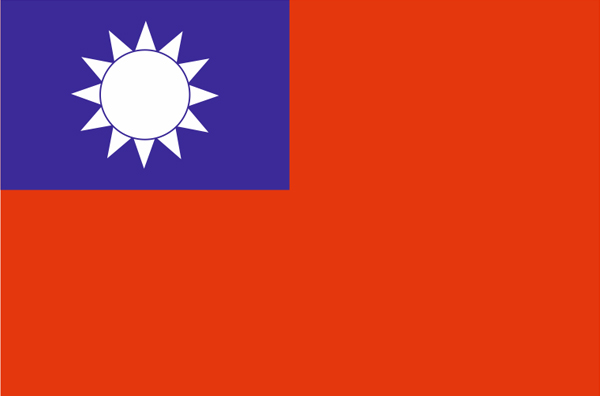
The air defense system reached its peak in 1962.

If radio interrogation failed to identify an aircraft in the ADIZ, the Air Force launched interceptor aircraft to identify the intruder visually. An air defense command and control structure was developed in 1950, creating five air defense identification zones around North America. Under US law and policy, the zone applies only to commercial aircraft intending to enter US airspace. Canada operates two other sections of the North American ADIZ, one off the Pacific coast of British Columbia and another that encompasses the Canadian Arctic Archipelago and its Atlantic provinces. ADIZ and the Alaska ADIZ, and two more overseas, the Hawaii ADIZ and the Guam ADIZ. The United States maintains two zones in North America the Contiguous U.S. The United States and Canada jointly operate an ADIZ that encompasses their sovereign airspace in North America. United States and Canada ĪDIZ boundaries for the United States and Canada as of 2018. 17★2′34.06″N 90☁5′04.66″E / 17.8761278°N 90.2512944☎ / 17.8761278 90.2512944Īll flights of aircraft, civil/military, Bangladeshi or foreign, originating within the ADIZ and those penetrating the Bangladesh ADIZ must obtain prior permission and Air Defense Clearance (ADC).Īmong other procedures, aircraft flying without a valid ADC number or failing to comply with any restriction or deviating from flight plan will be liable to interception by Bangladesh Air Force.Bangladesh īangladesh Air Defense Identification Zoneīangladesh maintains an ADIZ that extends over the adjoining sea to the south as delineated by the following coordinates: Civil aviation authorities, in conjunction with the IAF, also assist in this process by ensuring regulatory and control measures, such as assignment of Air Defence Clearance (ADC) numbers to aircraft entering or operating in Indian air space and by confirming the ADC of the incoming traffic, where necessary. Aircraft and surface-to-air missiles of the IAF, with elements of the Army and the Navy participating in their specific areas, where required, carry out interceptions. Military enforcement of ADIZs is solely the responsibility of the IAF, and the task is executed through a chain of radars as well as a C3I organisation. The zones have been declared over the international border with Pakistan, the international border with Nepal, over the Line of Actual Control with China, along the eastern borders with Bangladesh, Bhutan and MyanmarĪnd two in the southern region of India. India has demarcated six ADIZ near its territory. In case of delay, 45 or more minutes and a new Air Defence Clearance (ADC) numbers are required. Among other rules, notifications are required 10 minutes prior to entry.

India established ADIZs in the mid-twentieth century. Īir defense zones should not be confused with flight information regions (FIRs), which are used to manage air traffic. Usually, such zones cover only undisputed territory, do not apply to foreign aircraft not intending to enter territorial airspace, and do not overlap. As well, Russia and North Korea have unofficial zones.

About 20 countries and regions now have such zones, including Canada, India, Japan, Pakistan, Bangladesh, Finland, Norway, the United Kingdom, the People's Republic of China, South Korea, Taiwan, United States, Sweden, Iceland, and Iran.

The first ADIZ was established by the United States on December 27, 1950, shortly after President Truman had proclaimed a national emergency during the Korean War. The concept of an ADIZ is not defined in any international treaty and is not recognized by any international body. They are declared unilaterally and may extend beyond a country's territory to give the country more time to respond to possibly hostile aircraft.
#Taiwan air defense zone map plus#
Wider area of airspace where a country tries to identify, locate and control aircraftĪn air defense identification zone ( ADIZ) is the airspace of a country plus an additional wider area over land and water in which a country tries to identify, locate, and control any civil aircraft in the interest of national security.


 0 kommentar(er)
0 kommentar(er)
